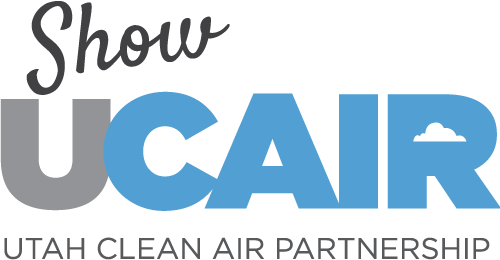Sponsored by: Ancestry
It’s been ten years since UCAIR’s founding, which means ten years since we established our mission: To make it easier for individuals, businesses and communities to make small changes to improve Utah’s air. Since then, we have been joined in our everyday efforts by others who, like us, are passionate about clean air and clear skies. To see just how far we’ve come, we teamed up with Ancestry to take a look into the history of air quality in the Beehive State.
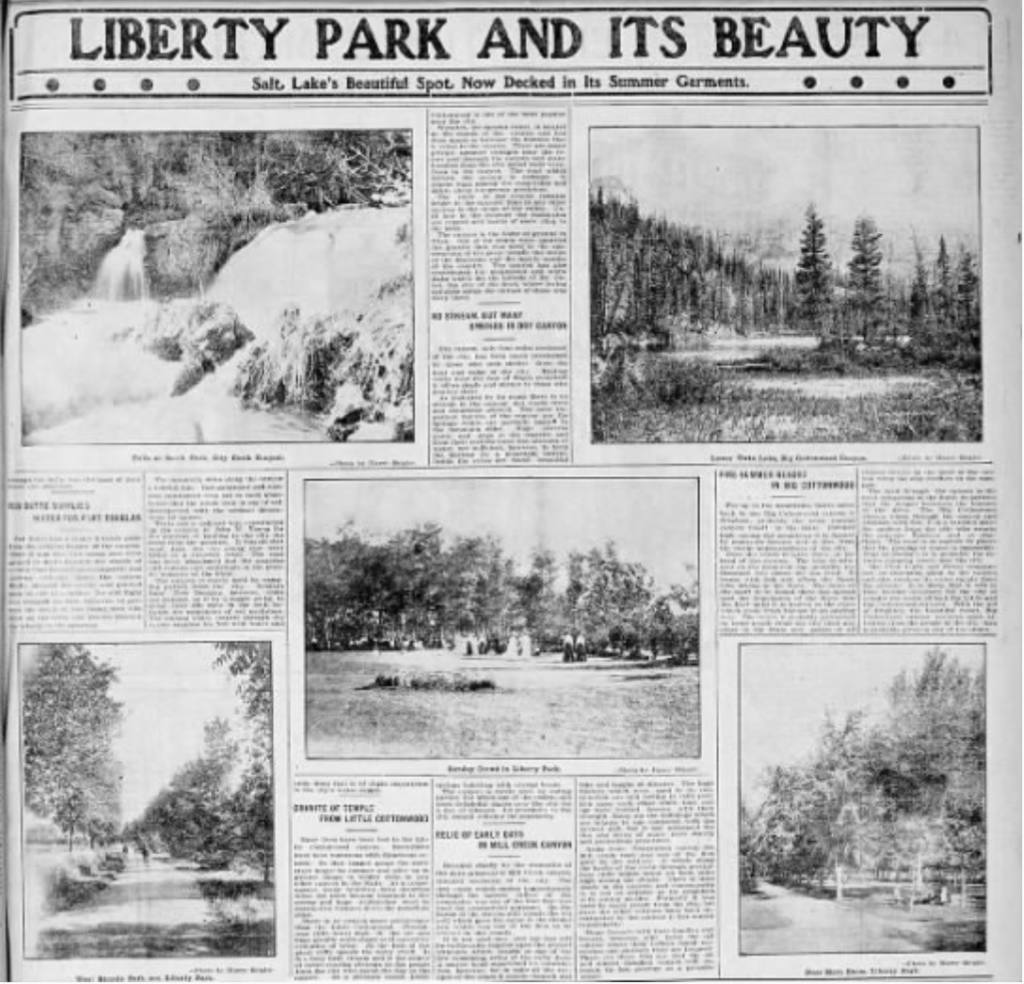
Looking to the past:
If you’ve lived in Utah for a winter or two, you’ve likely seen the result of our wintertime inversions. What you may not know, though, is how far back our air quality issues go. Before Mormon pioneers settled in Utah, Native Americans reported “blue smoke” in the area.
The good news is that while our air quality issue has been around awhile, so has Utahns’ can-do attitude for solving issues like these. In January, Utah Transit Authority (UTA) crews working in Ogden uncovered tracks from the city’s original railway system. The Ogden City Railway company, started in 1883, augmented the streetcar system in place and represented one of the first opportunities for public transportation. The local “light rail” system was mule-drawn until 1889, when the mules were replaced by small steam engines. In 1891, an electric streetcar system was established.
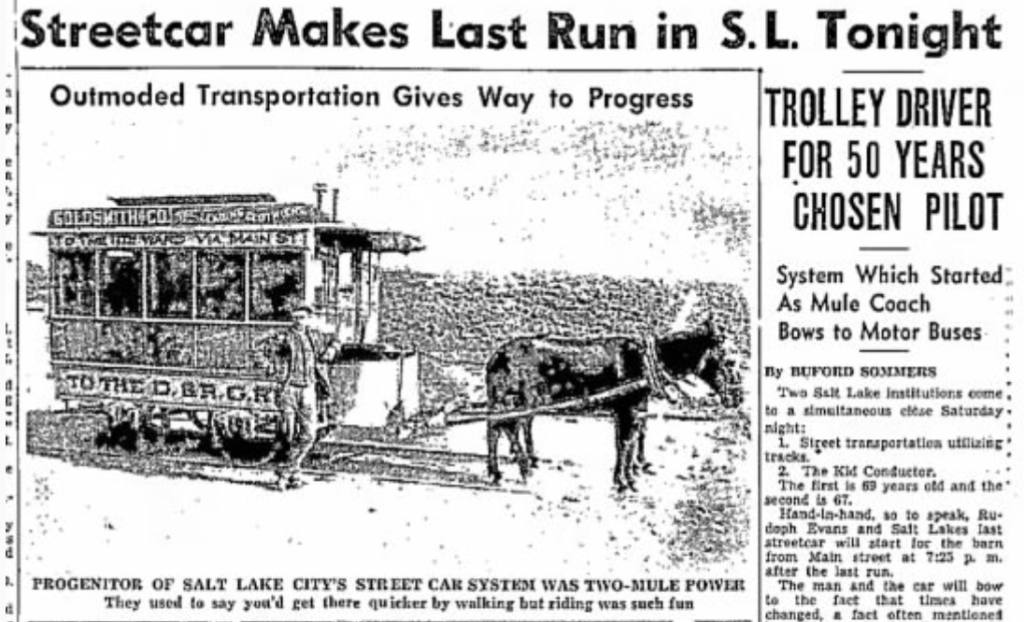
Meanwhile, businesses worked to reduce their emissions, understanding how it would positively impact their future. The first official air quality ordinance, passed by Salt Lake City in 1891, focused on reducing excessive smoke emissions. Many cities throughout the United States were trying to deal with the air pollution that came from coal burning. Coal was used to heat homes and produce electricity for commercial and community buildings. Violators could be fined from $5 to $50 per day. In 1895, two power company engineers were arrested for violating the ordinance. Their case was continued (postponed indefinitely) after the power company manager threatened to cut off the city’s power supply. (We’re glad we’ve moved beyond this approach!)
Although this was a huge step in moving towards improved air quality early on, Utah’s population and business sector continued to grow, along with increasing concern for our air quality.
By the 1920s, the air pollution in Salt Lake City had garnered enough attention that it became the subject of the first major U.S. air pollution study. The results? Air quality in Utah was two times worse than the current standard.
A few decades later, at a national level leaders and advocates laid the foundation of our current policy by enacting the Clean Air Act in 1963. Then in 1990, Utah Governor Norman H. Bangeter formed the Governor’s Clean Air Commission. He chose to focus on air quality by defining clear, actionable policies for every business and individual to follow. Each of these acts, regulatory and voluntary, have contributed to marked progress in Utah’s air quality.
How far we have come:
From “blue smoke” to a Clean Air Commission, those who came before us have recognized and worked to address Utah’s air quality challenges. But the work has continued. Below are a few more milestones in our collective pursuit of clean air:
- The launch of the Clear The Air Challenge in 2009
- The formation of UCAIR in 2012 by then-Governor Gary R. Herbert
- Utah Clean Cities’ Turn Your Key Be Idle Free Campaign
- Expansion of public transportation along the Wasatch Front by UTA and free transit in Cache Valley
- The introduction and expansion of e-bikes and e-scooters
- Utah reaching attainment in the Salt Lake and Provo areas for PM2.5 under the Clean Air Act in 2020
- The State of Utah Teleworking Initiative
- Advancements in EV charging stations led by Rocky Mountain Power
These points are only highlights from a long list of actions by partner organizations, the state and individual Utahns. We are actively progressing towards a future where air quality becomes a question of “what are we doing right” instead of “what can we do better.”
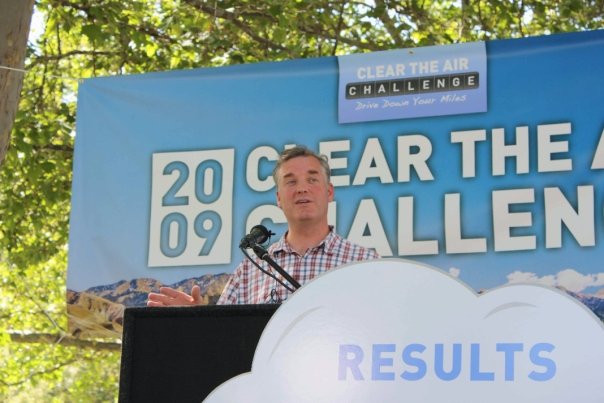
What’s Next?:
Our predecessors worked individually and collectively to create communities where the landscape was not only utilized responsibly, but protected. Perhaps they understood that we lived in a special place, which can easily be taken for granted – that a future without clean air meant a future where Utah couldn’t revel in its beauty and splendor. Their efforts paved a pathway of positive action that continues today.
Utah is growing, and we have many more challenges to face. But looking into our past can give us insight into what lies ahead. Over the last 10 years, UCAIR and Utah have learned together that simple actions really do matter.
- Teleworking on a snowy day will lessen the emissions in the atmosphere.
- Maintaining your car will make a large difference when it comes to air pollution.
- Planning your trips ahead of time to avoid traffic jams by using the UDOT Traffic website or mobile app means less time in the car and fewer emissions.
As we work together, making small contributions with everyday positive choices, Utah’s air quality future is truly bright.
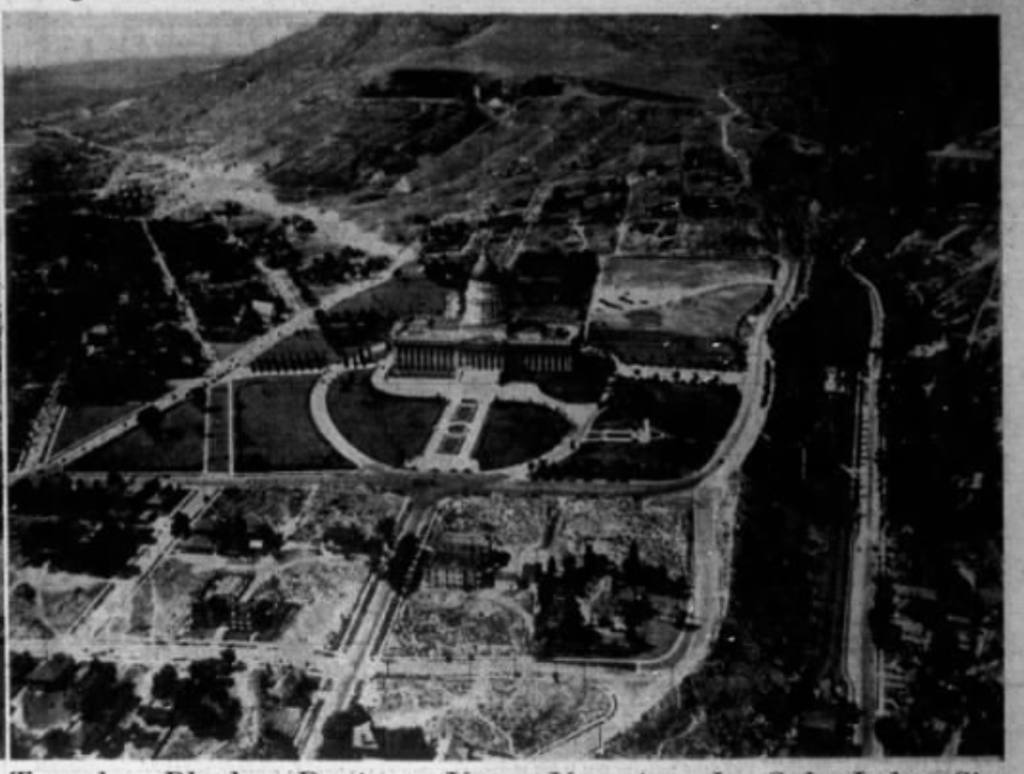
Sources:
We used Ancestry to research Utah’s air quality history for this article. We also used TrolleyDistrict.org (which quotes “Ogden Rails, A History of Railroads in Ogden, Utah From 1869 to Today” by Don Strack), the Weber County Heritage Foundation History in a Minute video series, Newspapers.com for images and KSL.com (“It’s not a new problem: Looking back at the ‘untold’ history of Utah air quality” by Carter Williams).

